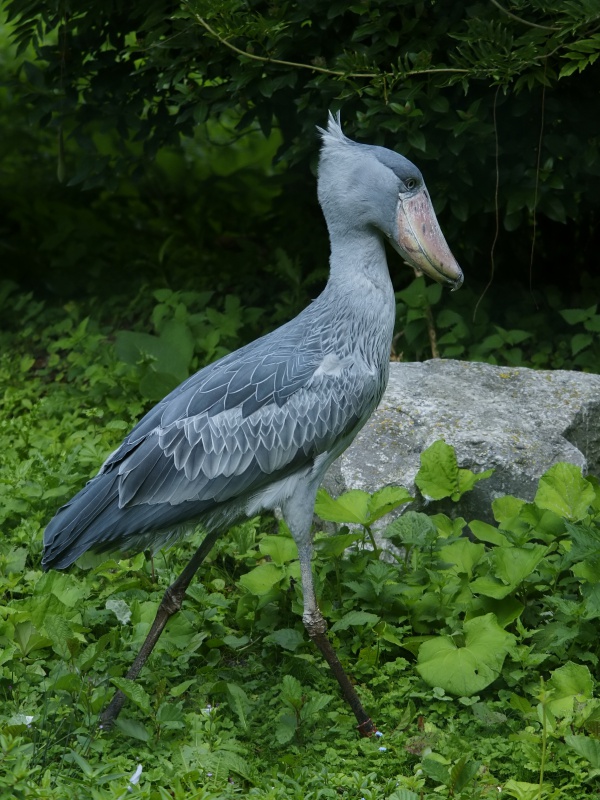Facts About Shoebill
The shoebill, also known as the whalehead or shoe-billed stork, is a captivating bird native to tropical East Africa. It is renowned for its enormous, shoe-shaped bill, which distinguishes it from other avian species. Formerly classified with storks, recent genetic studies have repositioned it within the Pelecaniformes order. The shoebill is predominantly grey, although juveniles exhibit a browner hue. This bird is notable for its towering stature, large bill, and distinctive flight pattern.
The classification of the shoebill has evolved as scientists have learned more about its anatomy and genetics. Fossil records indicate it has ancient relatives. Presently, shoebills inhabit freshwater swamps across central tropical Africa, particularly in regions abundant with papyrus and lungfish. These birds have a solitary nature and are characterized by their slow, deliberate movements. They frequently stand motionless on floating vegetation while hunting. Their diet primarily consists of fish, but they also consume other wetland creatures.
Shoebills exhibit unique breeding behaviors. They construct nests at low densities, typically on floating platforms made of aquatic plants. A breeding pair will defend their territory and collaboratively build the nest. They usually lay one to three eggs, with both parents involved in rearing the young. Although shoebills are generally silent, they perform bill-clattering displays during nesting.
The wild population of shoebills is estimated to be between 5,000 and 8,000 individuals. Conservation efforts focus on preserving their habitat and reducing human disturbances. Birdwatchers are particularly attracted to the shoebill due to its distinctive appearance and behavior, making it one of the most sought-after birds in Africa.

 Democratic Republic of the Congo
Democratic Republic of the Congo